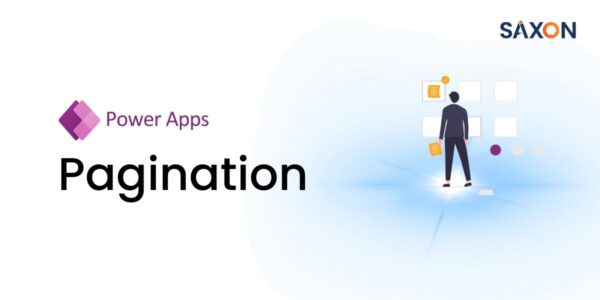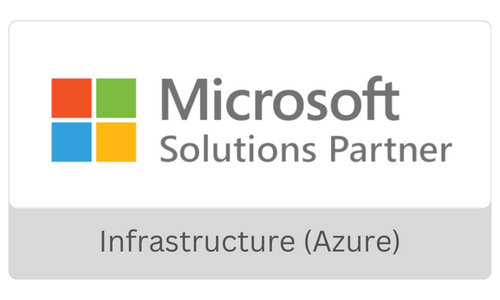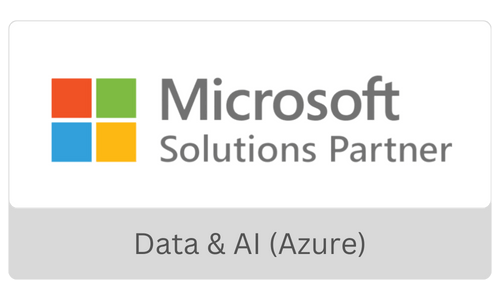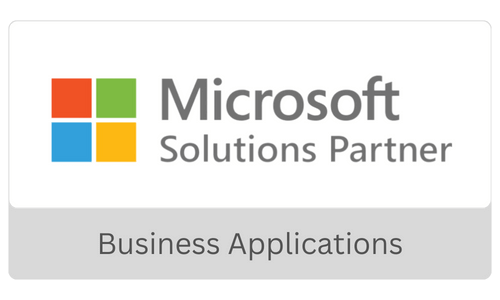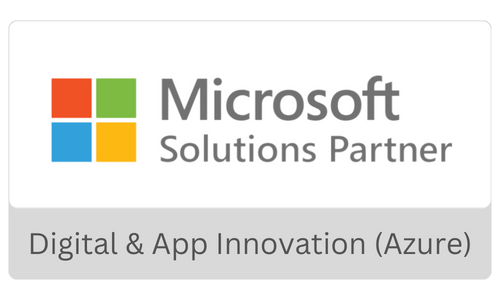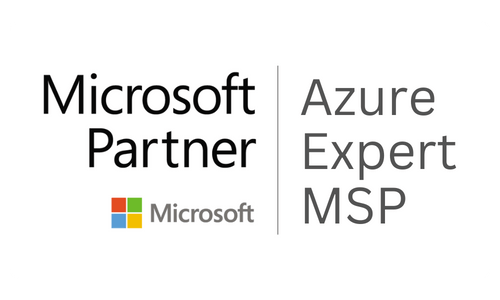In such a rapidly evolving business landscape, isn’t Power Platform a revolutionary powerhouse that empowers enterprises to develop tailored business applications? According to Forrester’s Total Economic Impact of Microsoft Power Platform report, businesses experienced a remarkable 45% reduction in app development costs when harnessing this dynamic platform. With their low-code functionality and intuitive features, Power Apps make them a practical and viable tool for enterprises. Our previous blog deep dived into Application Lifecycle Management or ALM in Power Platform. Solutions are a crucial aspect of implementing Application Lifecycle Management, and we will delve into the two aspects: managed and unmanaged solutions in this blog. It will help you decide which one is more suitable for your organization.
What are Solutions in Power Platform?
As we cited in our previous blog, with rapid low-code development, one can encounter several hiccups, such as time-consuming manual movement between environments and increased errors and reworks due to manual shifting between environments. Solutions in Power Apps form the mechanism that overcomes all these challenges and executes ALM. Solutions serve as a mechanism to seamlessly transport applications and components from one environment to another or implement a set of customizations in the existing apps. A solution can have one or multiple apps as well as other components such as site maps, processes, choices, flows, tables, web resources, and more. Solutions enable ALM implementation not just in Power Apps but also in other Power Platform products such as Power Automate. In this context, there are two types of solutions: managed and unmanaged.
Unmanaged solutions
When modifying the applications in the development environment, you use unmanaged solutions. You can either export it as unmanaged or managed solutions and must consider it as the primary source for your Power Platform assets. When you delete an unmanaged solution, only the solution container gets removed, along with the customizations. In such cases, all unmanaged customizations are associated with the default solution and continue to be effective.
Managed solutions
A managed solution is like a packaged application designed for distribution and installation in various environments. You can deploy managed solutions in any environment except in the development environment. Preferably (as an ALM best practice), you can generate managed solutions by exporting an unmanaged solution as a managed solution. The point to note is that editing the components directly within managed solutions is not possible. You can only edit or modify the components when they are added to an unmanaged solution.
Therefore, we can consider managed solutions as a sealed package you deploy, probably into a production environment. On the other hand, unmanaged solutions are the open/ community packages for development and testing.
Things to note about Managed Solutions:
- Export limitation: You cannot export a managed solution. They are the vehicles through which completed production software is transported (aligning with ALM strategy).
- Impact of deleting: When you delete or uninstall a managed solution, all the associated extensions and customizations with it get deleted.
- Constraints in editing: You cannot directly edit the components within a managed solution. To edit the managed components, you must first add them to an unmanaged solution. That creates a dependency between your unmanaged customization and the managed solution. This step ensures a structured approach to managing changes within your software development lifecycle.
Unmanaged vs. Managed Solutions
Flexibility comparison
- Unmanaged Solutions offer flexibility during the development process. Developers can make changes to the components and observe the real-time impact of the changes. This flexibility enables a dynamic and iterative development process.
- However, managed solutions protect against unintentional changes. Being sealed, the components are actually shielded from inadvertent changes in the target environment. Thus, managed solutions ensure a stable and controlled environment deployment.
Deployment and distribution comparison
1. In unmanaged solutions, the changes get deployed immediately, and you can see them in the target environment without any additional steps. This can be an advantage or a disadvantage, according to the situation. When distributing to different environments, this feature can pose challenges as it can lead to inconsistencies.
2. Managed solutions, as mentioned above, are packaged and exported for distribution. It facilitates consistent distribution by ensuring the same set of components gets deployed across the different environments. This feature makes the process more reliable.
Versioning and Rollback comparison
1. Regarding unmanaged solutions, version control is strenuous, mainly because the changes apply instantly. Rollback to the previous state becomes complex and may require manual intervention.
2. In contrast, managed solutions support versioning. Tracking the changes and rolling back to an earlier version whenever required is easier. In large-scale deployments, this can be a precious feature.
What are the best situations to use Managed or Unmanaged Solutions?
Best possible scenarios of Managed solutions
- When you seek controlled deployment across environments
When deploying the solutions across several environments, from development and testing to production environments, managed solutions are the ideal choice. It ensures consistency since it packages all the components together. Managed solutions can be crucial for maintaining uniformity across different environments.
- When you want protection against unwanted changes
When your priorities are stability and protection from unintentional environmental changes, managed solutions are the ideal choice. Managed solutions protect the components from accidental changes that safeguard against disruptions during deployment.
- When you want Version control and auditing
Managed solutions make the right choice in specific scenarios where version control and a clear development history are critical. Mainly because it supports versioning, it is easier to monitor changes and roll back to a previous version whenever required. Especially in large-scale and enterprise-grade deployments, version control and auditing can be crucial factors where managed solutions stand out.
Best possible scenarios of Unmanaged Solutions
- When aiming for rapid development and iteration
Many times, businesses demand rapid app development. Especially in the initial stages when you require swift changes and quick iterations. Using unmanaged solutions enables instant visibility of the results making the entire development process agile.
- When single-environment development takes place
In scenarios where the development and testing occur in a single environment, unmanaged solutions are ideal. You can make the changes directly in the environment you develop, leaving out packaging and distribution needs.
- Real-time collaboration
At times, real-time collaboration between developers and administrators is pivotal in the app development journey. In such cases, unmanaged solutions prove beneficial as it expedites collaborative development by allowing multiple team members to edit synchronously. It cuts away the need for packaging and importing or exporting.
Hybrid way- Combining the best of both solutions
Combining the strengths of both managed and unmanaged solutions can answer for organizations that seek flexibility and consistency. For instance, using unmanaged solutions while developing will allow rapid app development and real-time collaboration. You can transition to managed solutions for deployment to ensure a consistent, reliable, and controlled deployment process. A hybrid strategy can be an apt solution for overall rapid app development and a controlled, stable deployment process. To achieve this, you have to migrate from an unmanaged solution in the development stage to a managed solution for a structured deployment process.
Conclusion
In summary, the choice of using either managed or unmanaged solutions depends on your organization’s unique needs and objectives. If you prefer having a controlled deployment process or want real-time flexibility in the app development process, understanding these nuances is essential to harness Power Platform at its best potential for your business. It is now your thoughtful choice. By leveraging Power Platform, ALM best practices, and ideal choice of solutions, you can drive your organization to new heights of innovation.
With a dedicated team of Power Platform experts, at Saxon AI, we can help you with a robust strategy to streamline processes and innovate. Book an appointment today to know more.




